Tips to make your gravel bike more comfortable
Adapting our gravel bike to achieve greater comfort is not difficult, by making some changes in its set-up we will be able to tackle more complicated or longer rides without the accumulated fatigue caused by the continuous vibrations and impacts being the limiting factor.
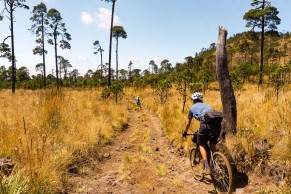
Changes you can make to your gravel bike (and they work) to make it more comfortable
We all agree that the essence of gravel are bikes derived from cyclocross or road cycling, suitably adapted and reinforced to be able to ride on trails with hardly any limitations.
However, this same simplicity of concept is what makes them lack a great capacity to filter the irregularities of the terrain, leaving this function in the hands of the tyres, the vertical flex that the structure can provide and, ultimately, the cyclist's body, who ends up absorbing most of the impacts.
RECOMENDADO

Black Friday Garmin 2025: the ultimate guide to choosing your GPS at the best price

How to wash your cycling clothes? 10 keys to make them always look new

The real importance of signing up for a race
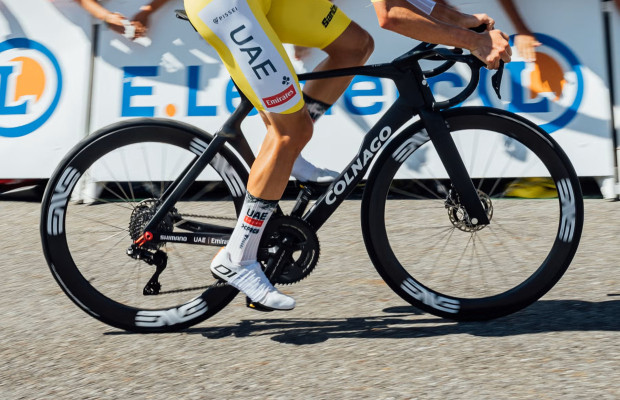
The best road bikes of 2025
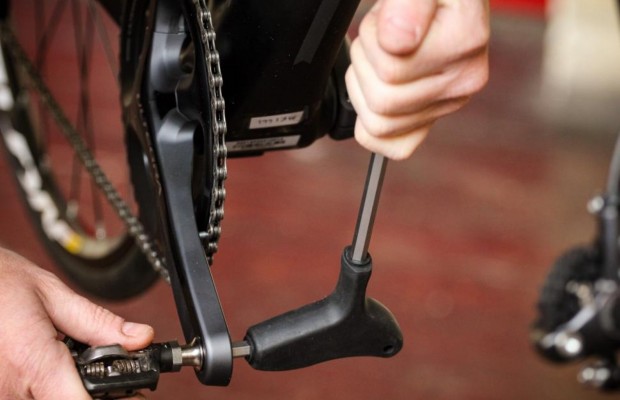
How to change the pedals of any bike in 5 steps
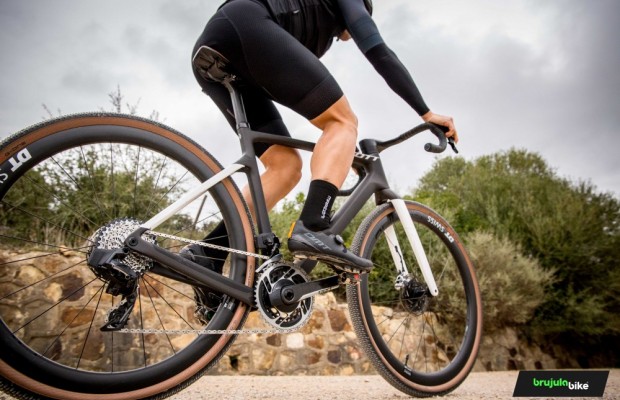
The best gravel groupsets of the moment
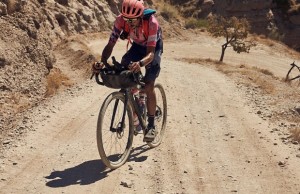
An aspect that, while not usually a problem when doing a short route of a couple of hours close to home, can become critical when it comes to tackling a big challenge such as those planned by the most famous events on the gravel scene, which often involve riding more than 300 kilometres and overcoming considerable slopes.
It is on these types of routes that achieving maximum comfort on your gravel bike becomes essential. However, there is no need to worry as there are solutions to make your gravel bike as comfortable as possible.
Balloon Tyre
The first line of shock absorption are the bike's tyres, where the air inside the tyres acts as a spring to dissipate the energy coming from the irregularities.
The more air volume we have, the greater this absorption capacity will be, with the added bonus that larger tyre sections also give us more rubber in contact with the ground, which increases grip and traction.
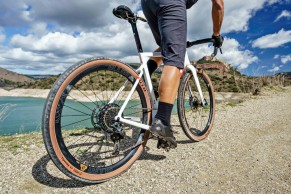
However, increasing the tyre balloon does not come free and in doing so also increases the weight of the tyres on a moving component that generates inertia. It also increases the effective diameter of the wheel which influences the geometry of the bike, making it slower unless the measurements are specifically designed for these more generous balloons.
In general, the current trend is to use 38-42 mm tyres for wheels of 700, although we can find bikes designed to accept up to 50 mm.
Another way to increase the balloon of the tyres is to opt for 650b wheels, which allows us to use more mountain bike tyres that add a good dose of cushioning and grip without affecting the geometry of the bike.
Adequate pressure
The importance of this critical parameter is often overlooked by gravel riders who over-inflate their tyres in the belief that it will give them a better ride.
While the starting point for deciding on tyre pressures should be the manufacturer's recommendations, from there it's a matter of feeling and trial and error that will dictate the best pressure for your tyres.
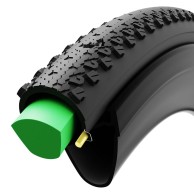
Broadly speaking, the lower the pressure, the more the damping capacity will increase, although, like everything else, there is a limit. On the one hand, there is the limit set by the stiffness of the tyre casing, as the air must be sufficient for the tyre to maintain its shape and support us correctly during cornering and braking. On the other hand, if we lower the pressure too much, we run the risk of an impact exceeding the absorption capacity and the tyre hitting the ground.
This leads us to the tubeless system that allows us to lower the pressure without cracking the inner tube. In addition, we can also choose to place a mousse inside the tyre that will act as a soft stop when this situation occurs.
Handlebar tape
The options of handlebar tape on the market are practically endless. Among them we can find thicker models that provide better vibration filtering. At one extreme, we can also opt for the solution traditionally applied by road cyclists competing in the legendary Paris-Roubaix, which is to place two straps, although some cyclists with small hands may find it uncomfortable due to the volume of the grip.
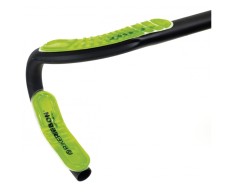
We can also find in the shops small gel inserts that are placed under the handlebar tape below the grip points to provide an extra bit of comfort.
In terms of support, we must not forget the gloves, which in addition to protecting us in the event of a crash, also play a role in absorbing vibrations. To improve this aspect, we will try to choose models specially designed for this purpose, which usually have specially padded areas on the palm to improve comfort.
Seat post
All impacts from the rear wheel are transmitted directly to the rider's body through the seat tube. To minimise this, it is exactly here that brands often put the bulk of their engineering into designing frames to allow generous flex in this area.
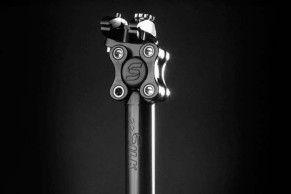
We can improve the section of our bike by resorting to specific models of seatpost, designed to guarantee a good bending capacity in the longitudinal plane, or directly opt for one of the models equipped with a small suspension system using elastomers.
Fork with suspension
Although we have already entered into the controversy about whether the use of a suspension fork will not be something that goes into the world of mountain biking, the truth is that both Rock Shox and Fox already have forks designed for gravel bikes. In the case of needing, due to the type of routes that we face, a greater absorption in the front axle, they are an option to be considered.
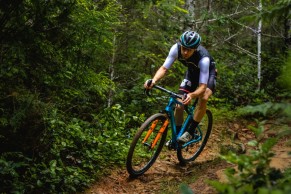
In any case, we can always opt for an intermediate option such as a suspension stem that will give us an extra dose of comfort without the hassle of having to replace the fork of our bike.